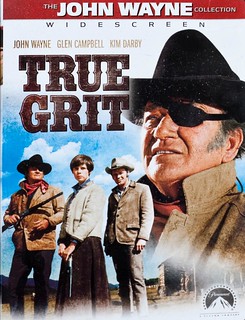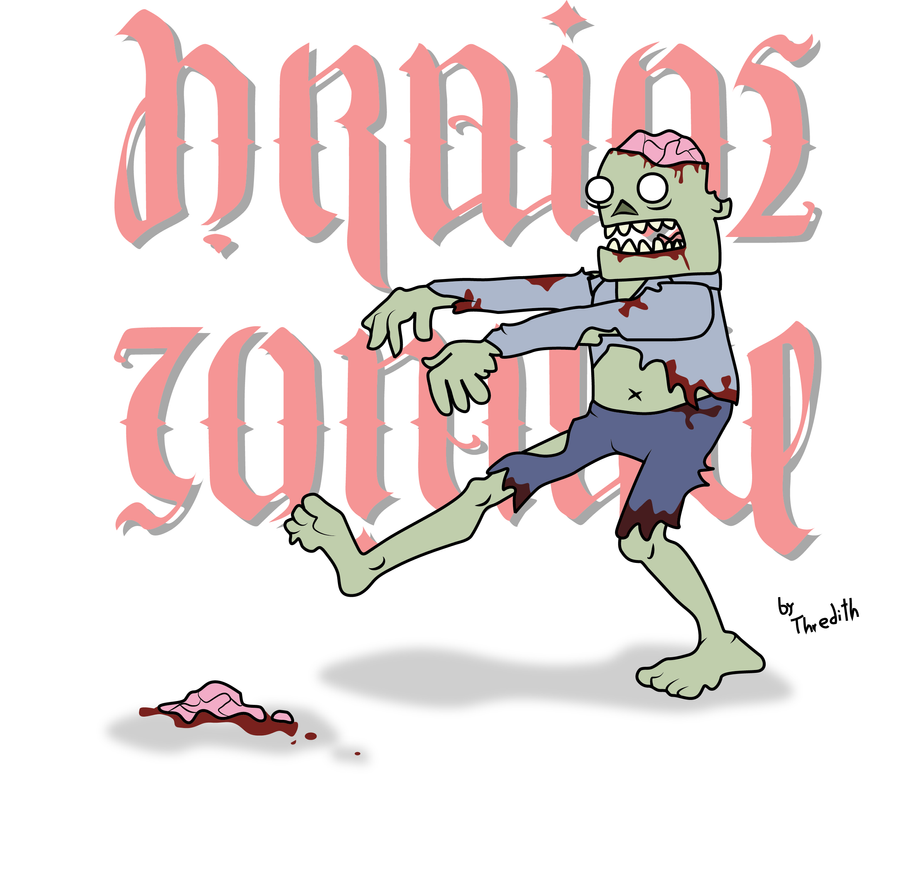 |
| The studio seats about 200 people. Soon it would be packed! |
 |
| There I am! |
I took a selfie with Jay Wise, History teacher at Copley Middle School and fellow 2015 PBS Digital Innovator. The best part is that he is my daughter's teacher, so I texted the pic to her to freak her out.
Then Jay and I received certificates for being 2015 PBS Digital Innovators, and I got a cool mini-guitar!
Let me say that it was difficult to follow such an interesting speaker (Dr. Finelli), but I breathed deeply and dove in. Here is the link to my presentation on Community Service in Blended Learning.
I think it went well.
Later, Shannon Conley-Kurjian and I presented a session on using YouTube tools to explain complex concepts.
I attended some great sessions from Stephanie DeMichele, PBS' NewsDepth, and Ann Radefeld, who challenged us to beat some elementary school kids in a game of Mystery Hangout. They kicked our butts.
After lunch I listened to IdeaTalks from Morgan Kolis ("How to Start a Maker's Club in Ten Steps"), Stephanie DeMichele ("If You're Going to Fail, Make It Epic"), and Eric Curts ("The Big Blank Wall"). The speakers from all of my sessions were so dynamic and so full of information that I felt like I could go back to my school with takeaways I could use immediately. That doesn't always happen at a conference.
Thank you so much for an amazing day, WVIZ and PBS. Your conference has inspired me to strive to hone my craft. I will be back.
Like what you read? Follow me on Twitter @itibrout!




.jpg)



